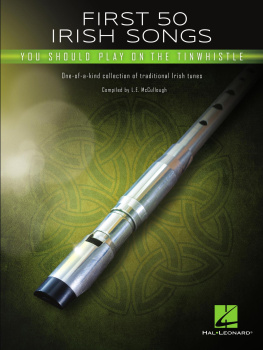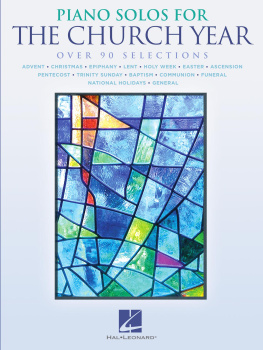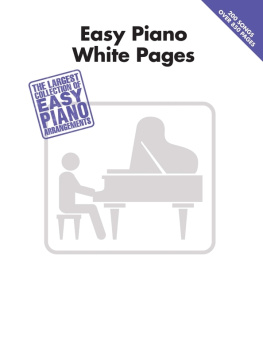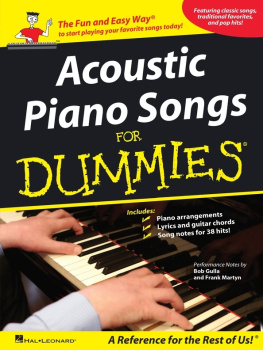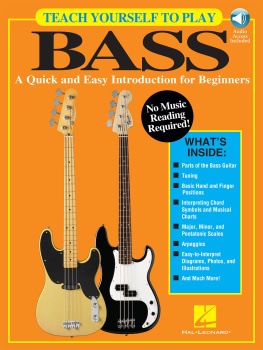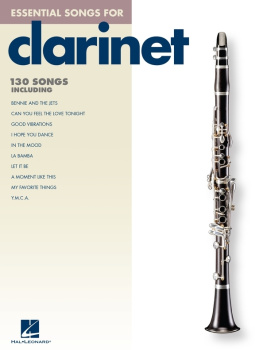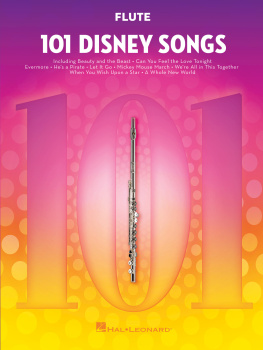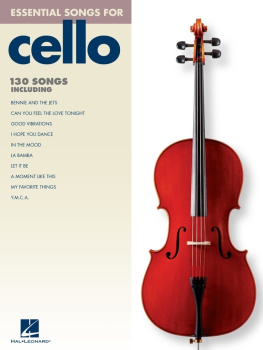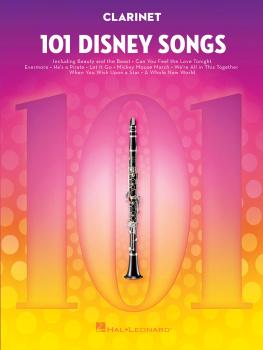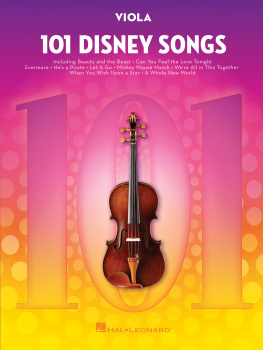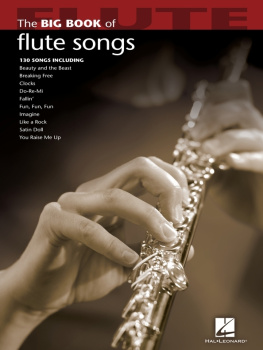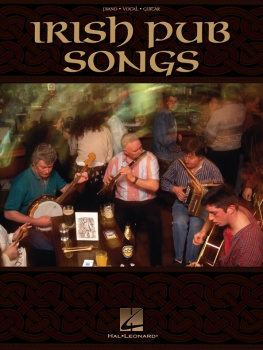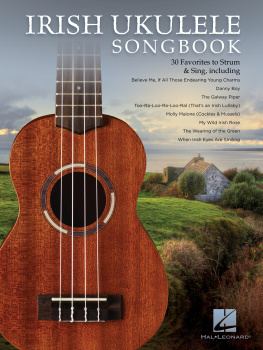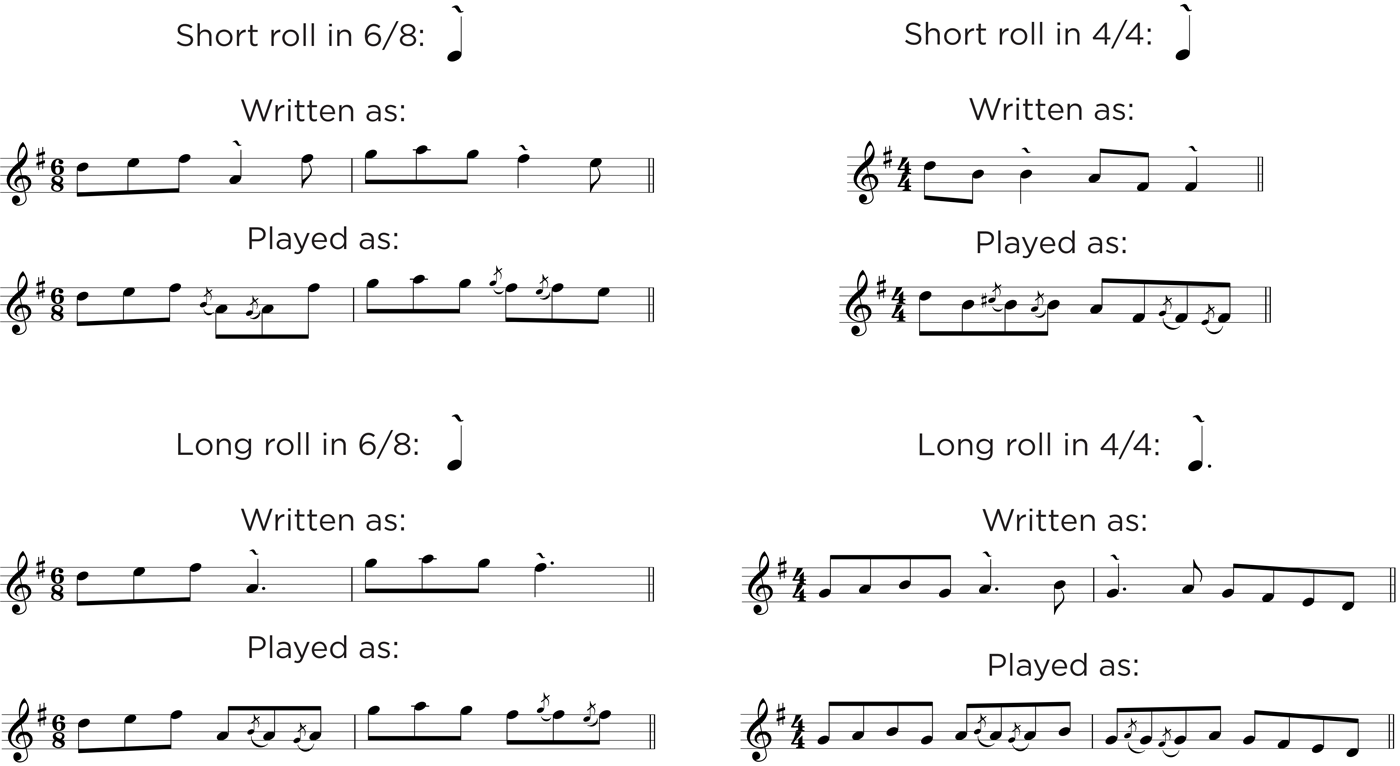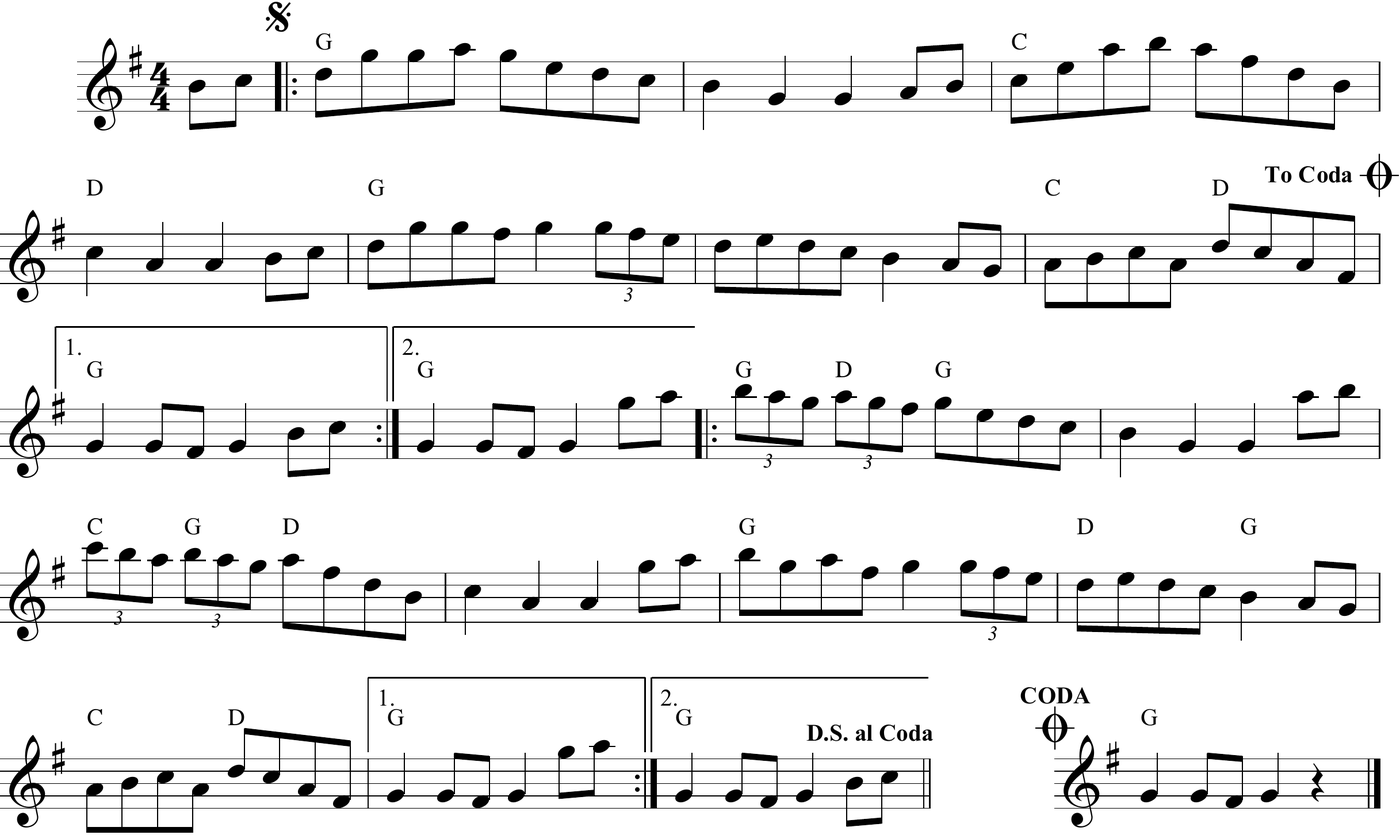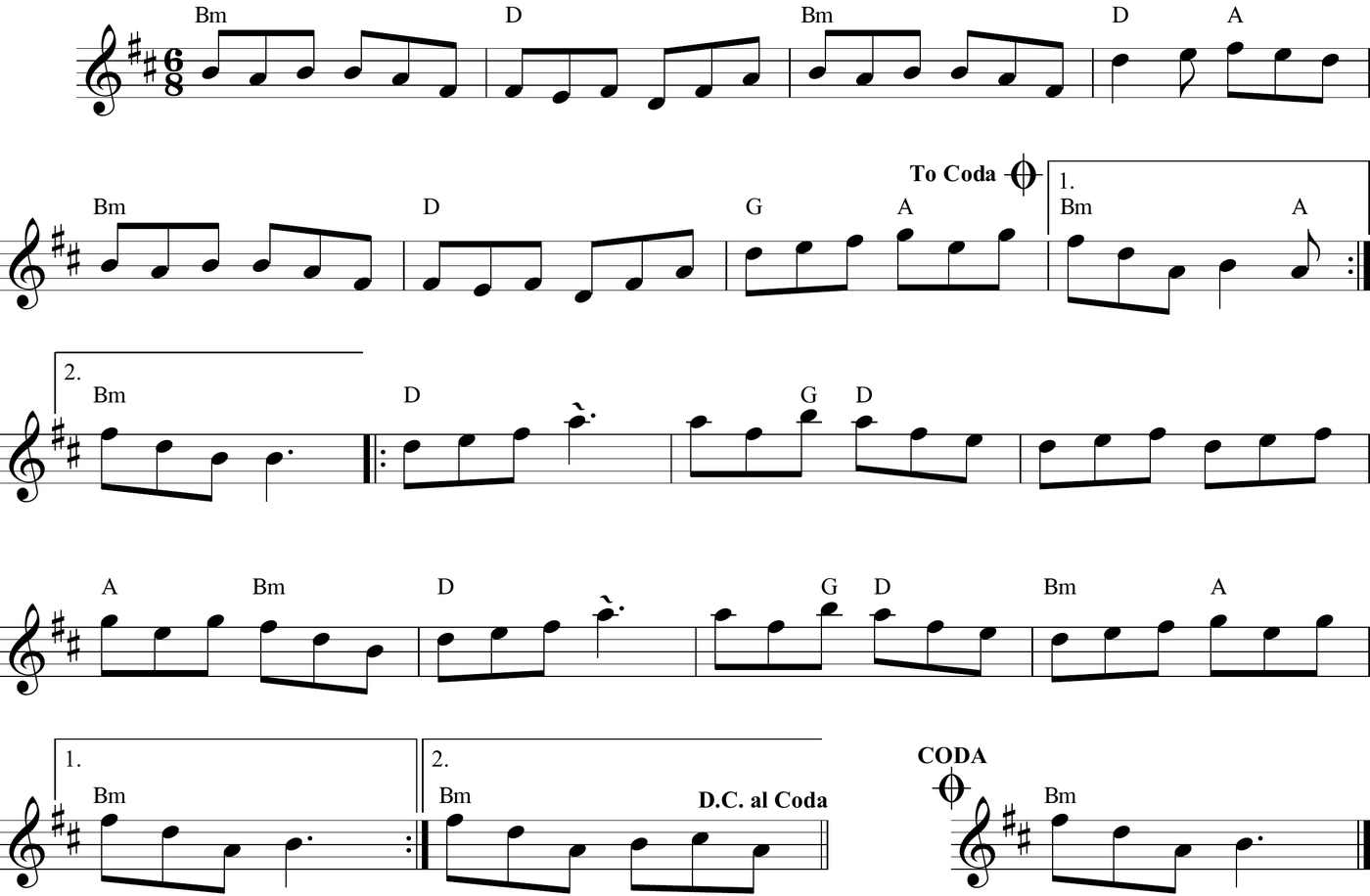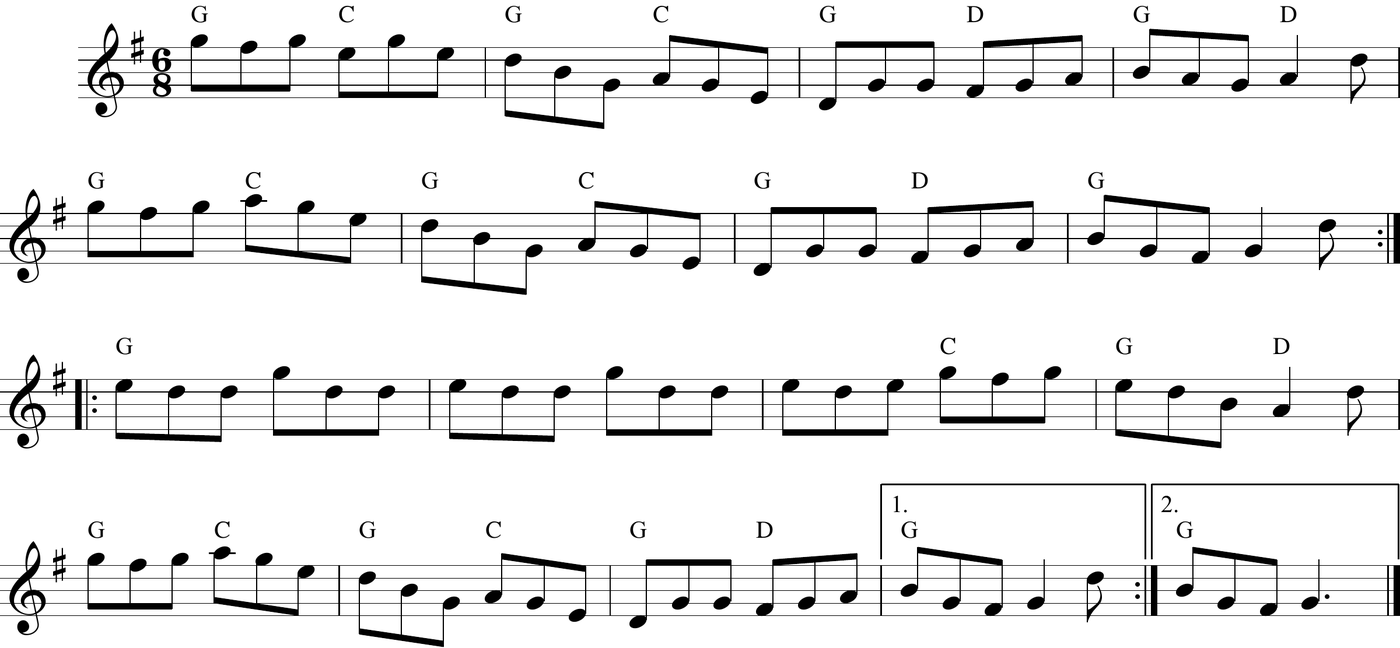Unauthorized copying, arranging, adapting, recording, internet posting, public performance,
or other distribution of music in this publication is an infringement of copyright.
Infringers are liable under the law.
7777 W. Bluemound Rd.
Hal Leonard Australia Pty. Ltd.
INTRODUCTION
Breandn Breathnach (1912-1985) of Dublin was an esteemed scholar who spent four decadescollecting and publishing songs and tunes from Irish musicians around the world. I once asked him howmanyindividual Irish melodies he thought there might be. "At least 30,000," he replied without hesitation.Thenhe chuckled. "But that's not counting the ones out there still waiting for us to drop around and meetthem."
We'll never have a precise inventory of every Irish melody in circulation, but this bookwillhelp a new player get quickly acquainted with a musical tradition that's been delighting listeners goingback to the 1600s.
Today's Irish music is an eclectic mix spanning a wide range of dance tunes (hornpipes,polkas,slides, reels, double jigs, slip jigs, marches, mazurkas, barn dances, schottisches, waltzes, setdances)and a variety of airs (fast and slow) bearing lyrics in Irish and English to thousands of historicalballads, love songs, immigrant sagas, comic ditties, lullabies, carols, work chants, laments and more.
Irish music is not rhythmically complex but is often performed with extensive ornamentationtothe melody. We've kept ornamentation and its notation very simple, using only the short roll and longroll,which often play an important part in many Irish tunes.
A roll can be executed on any note of the scale; the exact grace notes within each roll willdepend upon what finger position you're using to play the anchor note of the roll. When you see aquarternote, you can use a short roll to replace it; when you see a dotted quarter note, you can use a longroll.
Here are examples of short and long rolls in 6/8 and 4/4 meter:
An Irish melody often is known by more than one title. Don't be surprised when you've justplayed The Galway Rambler and someone congratulates you on your excellentrendition of The Piper's Wedding .Or Paddy Finley's Fancy . Or The Manchester Reel ,each an alternate name among many for The Galway Rambler .When a melody passes through the expressive imaginations of uncountable musicians through the centuries,it's bound to take on a colorful alias or five now and again.
A good approach starting out is to learn the basic version of the melody, then findrecordingsof the tune that provide variations and interpretive nuance. If you know musicians who play keyboard,guitar, mandolin and other chordal instruments, basic chords have been supplied so they can accompanyyourmelody.
One of the best things about playing Irish music is that anyone can participate just bylearninga few popular tunes to play along with other musicians. Once you've learned the tunes in this book,you'llbe able to sit down at an Irish music session anywhere in the world and play with comfort andconfidence.
As you take up this batch of First 50, keep in mind the old Irish proverb: ts maith, leathnahoibre...a good start is half the work!
Special Thanks: musicians Don Meade, Brendan Dolan, Peter Pickow, Pat Sky and Miles Krassen.
ABOUT THE AUTHOR
L.E. McCULLOUGH, Ph.D. has been performing, composing and teaching traditional Irish musicontinwhistle and flute since 1972, authoring over 150 articles and books on Irish music (including thepopularinstructional Hal Leonard volumes The Complete Irish Tinwhistle Tutor, Whistle Around the World and St.Patrick Was a Cajun) and performing on more than 50 recordings for Angel/ EMI, Sony Classical, RCA,WarnerBrothers, Log Cabin, Kicking Mule, Rounder, Bluezette and other independent labels, along with thesoundtracks to five Ken Burns PBS documentaries. His website is www.lemccullough.com.
An Tsean Bhean Bhocht
Song Air
Also known by its English translation as The Poor Old Woman , this air is linked with a traditional song about the 1798 Irish Rebellion. This setting is played as a hornpipe, but variations on the basic An tSean Bhean Bhocht melody often interpret it in a slower tempo.
Traditional Irish Folk Song
Copyright 2021 by HAL LEONARD LLC
Banish Misfortune
Double Jig
A double jig with several alternate titles including Nancy Hynes , taken from a classic Irish-language poem by the early 19th-century poet Antoine Raifteir (Anthony Raftery) from Co. Mayo.
Traditional Irish Folk Song
Copyright 2021 by HAL LEONARD LLC
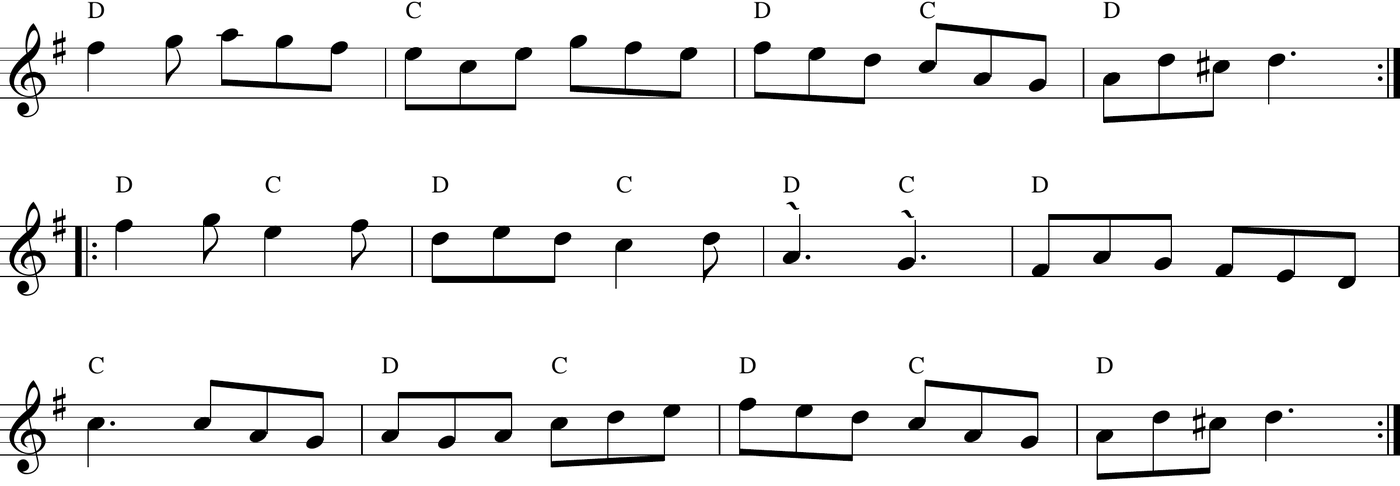
The Banks Of Lough Gowna
Double Jig
A double jig sometimes played a whole tone lower in key of A minor; the island in the middle of the lough was the site of a monastery founded in the 6th century, until destroyed by a Viking raid two centuries later.
Traditional Irish Folk Song
Copyright 2021 by HAL LEONARD LLC
Black Velvet Band
Song Air/Waltz
This song air was first printed as a broadside in Manchester, England in the early 1800s but became popular around the globe wherever ballad singers convened; it can also be played in a stricter 3/4 rhythm as a waltz.
Traditional Irish Folk Song
Copyright 2021 by HAL LEONARD LLC
The Blackthorn Stick
Double Jig
A double jig that shares its name with a reel and a set dance and appears in numerous Irish folktales, the original blackthorn sticks were two- to four-foot long walking sticks cut from the blackthorn bush, evolving into the cultural artifact known today as the shillelagh .
Traditional Irish Folk Song

